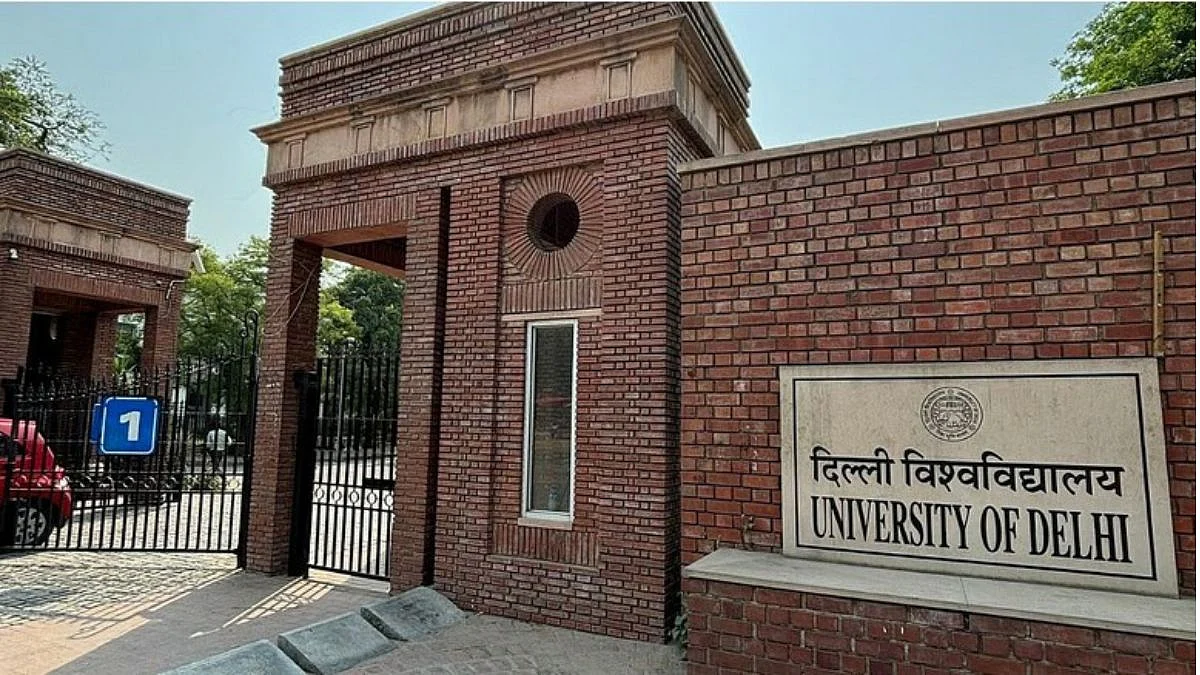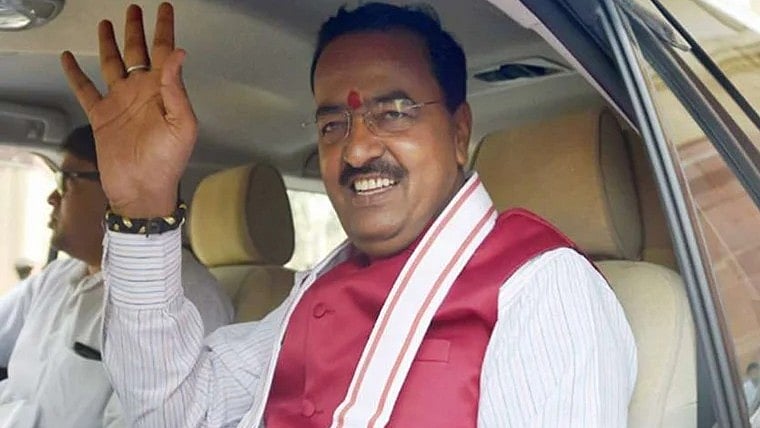In view of the fact that keen interest is being taken in the coverage of gender issues, so much so that journalism prizes are being instituted for them and newsrooms are beginning to at least pay lip service to the subject, I come across a report fascinating in the extreme.
You see, the other line that the media keeps parroting like — well — parrots, is the importance of the inclusive newsroom. Ironically, given the teeth-numbing sameness of the television programming we are subjected to, day in and day out, at best “inclusive newsrooms” are a hoax, at worst they are a cruel joke.
Even the anchors come from exactly the same upper-class, educated, elitist backgrounds, sound the same and work the same subjects to death every day. There is also the little matter of all channel designs looking the same, with so many blips, runners, flashes and alerts banging off the screen that it is a wonder that India is not a nation of epileptics.
This aforementioned fascinating report is in the Nieman labs newsletter and refers to the way expertise and personal experience has begun to assume huge proportions in American (where else!) newsrooms. And when it comes to gender, trans journalists have begun to make their appearance, to the extent that now journalism leaders are being asked to “confront structural barriers that make it difficult for trans people to enter and stay in the industry”.
Here we talk about inclusive newsrooms and that’s about it. What would a really inclusive newsroom look like anyway. For one, the way we present news would change, stereotypes would be blasted right out of the water and a huge section of our population who have virtually no media access would suddenly become visible.
At a Network of Women in Media (India) national meet held in November 2016, the subject was “Towards Inclusive Newsrooms” and speaker after speaker revealed the effect of a non-inclusive newsroom.
Take Hindu-Muslim riots for instance. Most news organisations depend upon the police control room for their information, and guess who has been proven, time and again, to have a bias against the minority community? No, you don’t get a prize for stating the obvious, that minorities have usually got the short end of the stick.
You need more women in the newsroom. If there had been more women covering Aarushi, perhaps the child’s tragic life and death would not have been turned into such a horror story.
You need from Dalits, one hundred percent. At the same NWMI event, one of the speakers, a senior journalist, said he had only met around seven Dalit journalists in his life even though Dalits are not a minority! And another journalist said, if it were mandated that every caste atrocity be highlighted, or at least they be made a priority, the newspapers would be full of such stories every day. Except they are not.
In contrast, in the US, as far back as 1978 a resolution was passed to make newsrooms more inclusive of societal segments. Here the story is very different. Newsrooms are still largely upper caste and upper class and this is reflected in the kind of stories that journalists choose to cover. As P Sainath puts it in “Nero’s Guests”, a poignant look at farmers’ suicides, up the road you can have 100 plus journalists covering Lakme Fashion Week. Down the road, there is not a soul to cover the suicides of farmers in despair over prices of cotton crashing and burning.
Trans in the newsroom — now there’s something to aspire towards.





